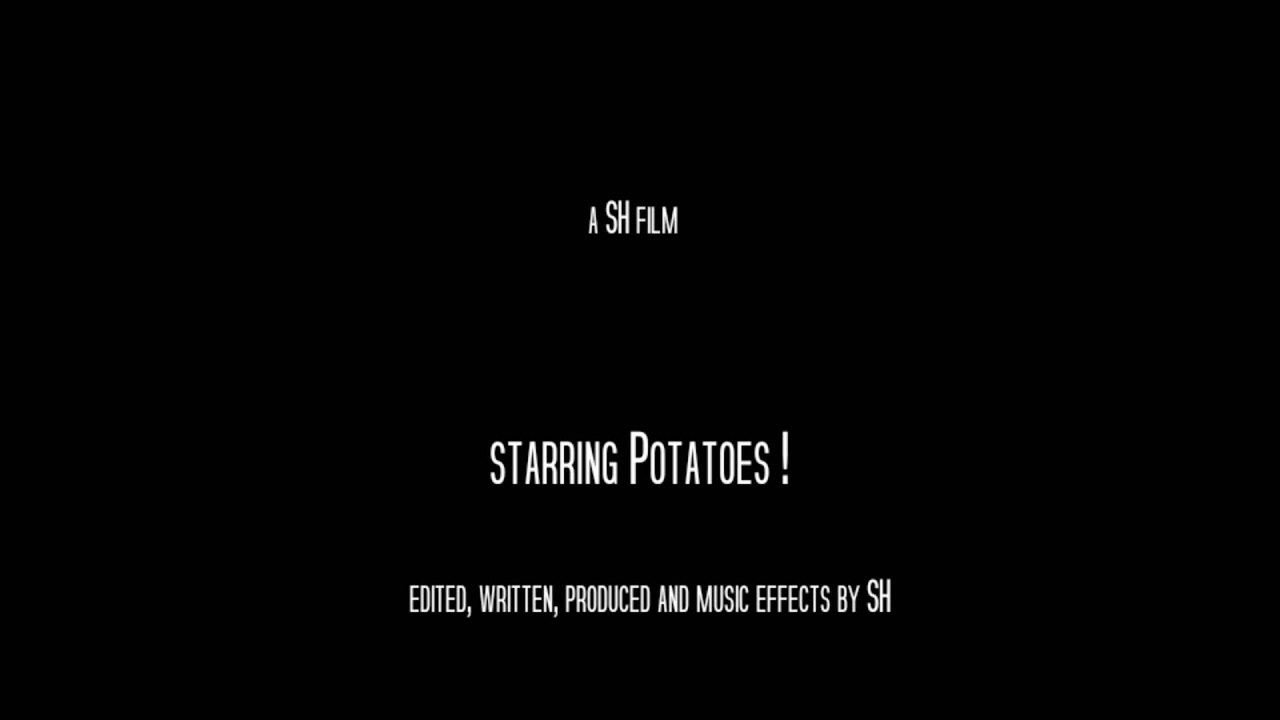Introduction: The Feasibility of Potato Cultivation in Rhode Island
Potatoes are a versatile and popular crop that can be cultivated in various regions across the United States. However, the question remains: is it possible to cultivate potatoes in Rhode Island? Despite its small size, Rhode Island does offer favorable conditions for potato growth. This article aims to explore the feasibility of potato cultivation in Rhode Island by considering factors such as geographic and climate conditions, soil requirements, optimal planting time, disease and pest management strategies, and economic viability.
Geographic and Climate Factors Affecting Potato Growth in Rhode Island
Rhode Island’s geographic location plays a significant role in potato cultivation. The state is situated in the New England region and has a predominantly coastal landscape. The proximity to the Atlantic Ocean provides Rhode Island with a moderate maritime climate, which is beneficial for potato growth. The oceanic influence helps maintain relatively mild temperatures throughout the year, preventing extreme temperature fluctuations that can negatively impact potato crops.
Soil Requirements for Successful Potato Cultivation in Rhode Island
Potatoes thrive in well-drained soils with good fertility. Rhode Island’s soil composition varies across the state, but many areas have soils that are suitable for potato cultivation. The ideal soil for potatoes is loamy, rich in organic matter, and well-aerated. Additionally, the soil pH should be slightly acidic to neutral, ranging from 5.3 to 6.5. Rhode Island’s agricultural extension services can provide farmers with soil testing services and recommendations for soil amendments to ensure optimal potato growth.
Varieties of Potatoes Suitable for Rhode Island’s Climate
When selecting potato varieties for cultivation in Rhode Island, it is essential to consider the climate and growing conditions. Some potato varieties are better suited for warmer climates, while others thrive in cooler environments. In Rhode Island, early-maturing varieties such as Yukon Gold, Kennebec, and Red Norland are popular choices. These varieties require a shorter growing season and perform well in the state’s moderate climate.
Optimal Planting Time and Seasonal Considerations for Potatoes in Rhode Island
Timing is crucial when planting potatoes in Rhode Island. The recommended planting time for potatoes is typically in early spring when the soil temperature reaches around 45°F (7°C). This ensures that the tubers have enough time to mature before the hot summer temperatures arrive. Late planting can result in reduced yields or smaller tubers. Additionally, it is important to consider the length of the growing season and plan accordingly, especially for varieties with longer maturity periods.
Essential Nutritional Needs for Healthy Potato Growth in Rhode Island
To achieve healthy potato growth in Rhode Island, it is crucial to meet the crop’s nutritional requirements. Potatoes require a balanced supply of essential nutrients such as nitrogen, phosphorus, and potassium. Soil testing can help determine the specific nutrient needs of the soil and guide farmers in applying the appropriate fertilizers. Rhode Island farmers can consult with agricultural extension services for personalized recommendations based on their soil composition and potato variety.
Disease and Pest Management Strategies for Potato Cultivation in Rhode Island
Potato crops in Rhode Island are susceptible to various diseases and pests that can impact yield and quality. Common potato diseases in the region include late blight, early blight, and potato scab. Integrated pest management practices, such as crop rotation, proper sanitation, and the use of disease-resistant varieties, are crucial for disease prevention. Pests such as potato beetles can also be managed through cultural practices, such as handpicking or the use of organic insecticides approved for potato cultivation.
Recommended Cultivation Practices for Maximizing Potato Yields in Rhode Island
To maximize potato yields in Rhode Island, farmers should follow recommended cultivation practices. These include proper seed selection, appropriate spacing between plants, and regular irrigation. Mulching can help conserve soil moisture and control weed growth. Hilling, the practice of piling soil around the plant stems, promotes tuber development and prevents greening. Regular monitoring of soil moisture, nutrient levels, and pests/diseases is essential for maintaining healthy potato plants.
Harvesting and Storage Techniques for Rhode Island Potato Growers
Knowing when and how to harvest and store potatoes is crucial for preserving their quality and flavor. Potatoes should be harvested when the foliage turns yellow and begins to die back. Carefully dig up the tubers, taking care not to damage them. After harvest, potatoes should be cured in a cool, dark, and well-ventilated area for about two weeks to allow the tubers’ skins to toughen. Proper storage conditions include cool temperatures (around 40°F or 4°C) and high humidity to prevent sprouting and maintain freshness.
Market Opportunities and Economic Viability of Potato Cultivation in Rhode Island
Potato cultivation in Rhode Island offers market opportunities and economic viability for local growers. Locally grown potatoes are highly valued by consumers who appreciate fresh and sustainable produce. Rhode Island’s proximity to major urban centers also provides access to a large customer base. Additionally, potato products, such as chips and fries, have a stable demand in the market. However, farmers must carefully consider factors such as production costs, competition, and market trends to ensure economic success.
Government Support and Resources Available to Potato Growers in Rhode Island
Rhode Island’s Department of Environmental Management (DEM) provides support and resources to potato growers in the state. The DEM offers assistance with soil testing, crop rotation advice, and access to research-based information on potato cultivation. Additionally, farmers can benefit from state and federal agricultural programs, grants, and loans that aim to support sustainable agriculture and promote local food production. Rhode Island also has agricultural extension services and agricultural organizations that offer educational programs and networking opportunities for potato growers.
Conclusion: Is Potato Cultivation a Viable Option in Rhode Island?
In conclusion, potato cultivation is indeed a viable option in Rhode Island. The state’s moderate climate, suitable soil conditions, and availability of government support make it feasible for local farmers to grow potatoes successfully. By following recommended cultivation practices, managing diseases and pests, and considering market opportunities, potato growers in Rhode Island can enjoy a rewarding and profitable potato farming experience. However, it is crucial for farmers to conduct thorough research, seek expert advice, and adapt their practices to the specific conditions of their farms to maximize success.





